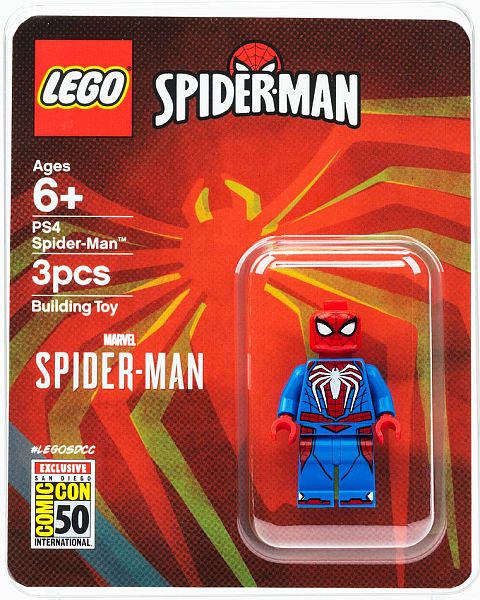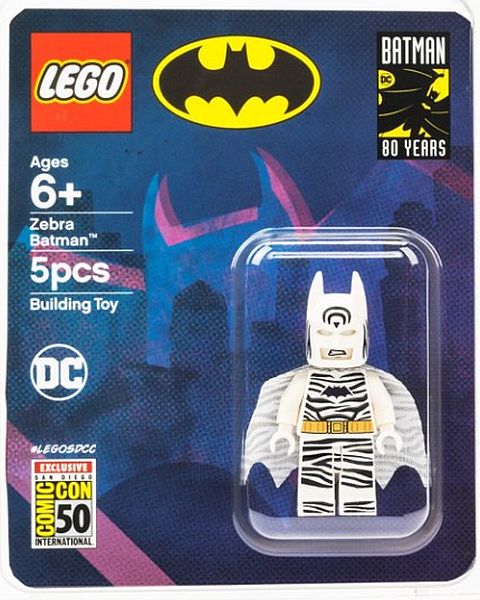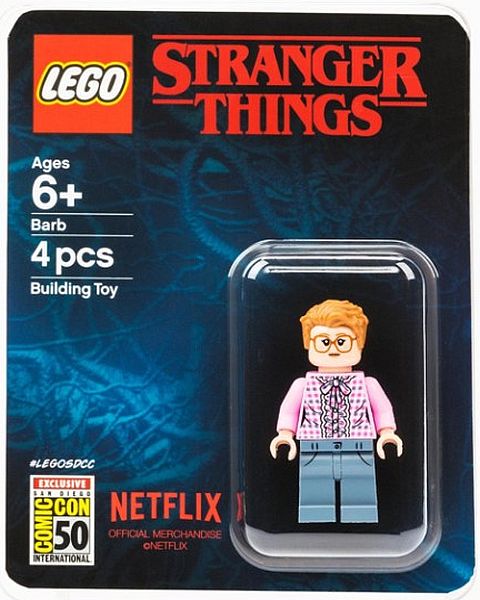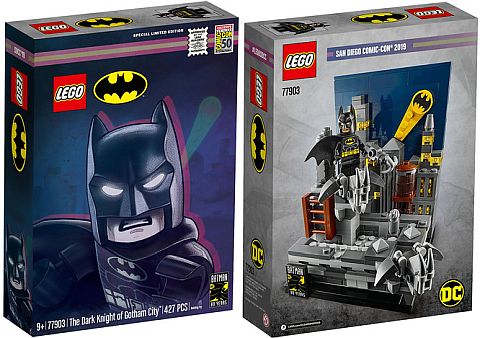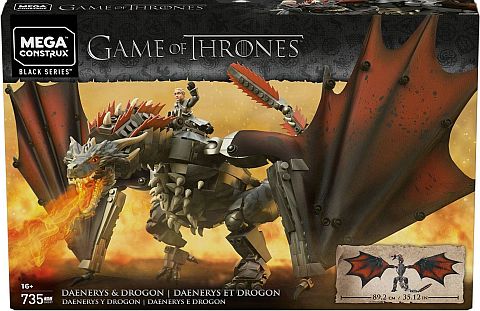Despite the huge increase of the popularity of interactive digital media, many people still enjoy reading printed books, including books related to the LEGO hobby. LEGO books have been with us since pretty much the very beginning of the company. Kids have been leafing through books with inspirational models and comics for decades, and there has been a great increase of LEGO books for teen and adult LEGO fans as well, featuring custom models with building instructions, tutorials, tips and tricks, LEGO’s history, philosophical musings, LEGO investing, and more.
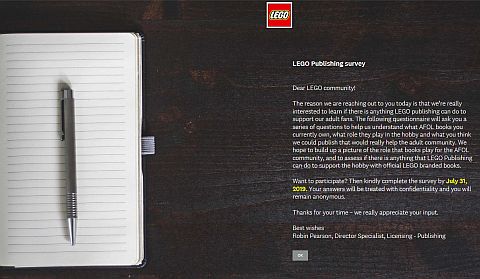
Currently, the LEGO Publishing Department is doing research on the type of books adult LEGO fans like to read, and they asked LEGO fan communities for some help. They would like us to fill out a questionnaire about our LEGO book reading habits and our favorite LEGO books. The deadline to fill out the survey is July 31s. Below are the details.
Dear LEGO community! The reason we are reaching out to you today is that we’re really interested to learn if there is anything LEGO Publishing can do to support our adult fans. The following questionnaire will ask you a series of questions to help us understand what AFOL (Adult-Fan-Of-LEGO) books you currently own, what role they play in the hobby, and what you think we could publish that would really help the adult community. We hope to build up a picture of the role that books play for the AFOL community, and to assess if there is anything that LEGO Publishing can do to support the hobby with official LEGO branded books. Want to participate? Then kindly complete the survey by July 31, 2019. Your answers will be treated with confidentiality and you will remain anonymous. Thanks for your time – we really appreciate your input. Best wishes, Robin Pearson, Director Specialist, Licensing – Publishing
The survey includes 17 questions. The first few questions are about the demographics you belong to; age, gender, country, how long you have been a LEGO fan, etc. The next questions ask about what kind of books related to the LEGO hobby do you currently own, how you’re using them, and if you can name some of your favorite LEGO books. The last questions are about where you usually learn about new LEGO related publications, where you get them, etc. And there is also a question about what kind of books you are most interested in buying in the future.
Please note that some of the boxes in the survey are very small, but you can just keep typing and they will accept your answer. I found it easier to type up some of my longer answers (I have lots of favorite books!) in a word processor, and just copy and paste them to the survey boxes. Here is the link to the survey: LEGO PUBLISHING SURVEY

I thought the survey is good, with relevant questions, and plenty of space to provide additional comments. So, if you like LEGO books and would like to help the LEGO Publishing Department with their research, I encourage you to take a few minutes and fill it out. It’s best to be close to your books when answering the questions, so you can provide titles of your favorite books accurately.
As I mentioned, I have a lot of favorite LEGO books myself, so I will take the opportunity to list at least some of them here. In general, I prefer interactive books that provide both inspiration and tutorials. My number one favorite book is LEGO Space: Building The Future by Peter Reid and Tim Goddard, published by No Starch Press. I can sit down with this book at any time and get totally absorbed in both the story and the builds. In second place, I would put the two volumes of The LEGO Build-It Book: Amazing Vehicles by Nathanael Kuipers and Mattia Zamboni, also published by No Starch Press. The authors take a single medium size LEGO Creator 3-in-1 vehicle (#5867 LEGO Creator Super Speedster, released in 2010) and rebuild it in 20 different ways! I wish more books were published like this. I also really like all volumes of the LEGO Ideas Books and the LEGO Adventure Books. They are great for kids and adults for getting building ideas in a wide variety of themes. Some other books I find very useful are the two volumes of The LEGO Neighborhood Book by Briand and Jason Lyles (great for building custom LEGO Modular Buildings), The LEGO Animation Book by David Pagano and David Pickett (fantastic for brickfilmers!), and the Minifigure Customization book (two volumes – some of the information is the same) by Jared Burks (published by BrickJournal).
And now it’s your turn! Which are your favorite LEGO books? Feel free to share and discuss in the comment section below! But first, please fill out the survey to help the LEGO Publishing Department so they can continue releasing awesome LEGO books!
And you might also like to check out the following related posts:
- More Books with Simple LEGO Projects
- Brick Book Series with More LEGO Instructions
- Instruction Books with Simple LEGO Bricks
- LEGO Build Your Own Adventure More Books
- 365 Things To Do with LEGO Bricks Big Book
- Build a Lot with a Little: Tiny LEGO Wonders (book review)
- New Book with More LEGO Ideas Birds
- LEGO Books: Brick Vehicles & Brick History
- New LEGO Ideas & LEGO Adventure Books
- The Art of the Brick by Nathan Sawaya (book review)
- Nature with Bricks: Beautiful LEGO Wild! (book review)
- LEGO Brick City, Brick Wonders, Brick Flicks (book reviews)
- The LEGO Neighborhood Book – Review
- LEGO Book – LEGO Space: Building the Future
- The LEGO Build-It Book: Amazing Vehicles



